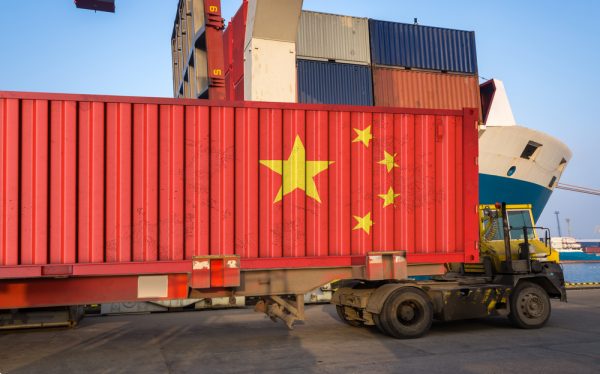Rare earths have recently been at the center of China-U.S. trade talks and media coverage. Given China’s dominance in the global supply, these minerals are often seen as Beijing’s trump card against Washington – a perception reinforced by the recent U.S. unbanning of some AI chip sales to China following Beijing’s easing of rare earth controls.
However, rare earths constitute only a fraction of China’s broader strategic design of export controls. A closer examination of China’s evolving export control regime reveals a far more expansive and systematic approach, targeting a broad spectrum of other mineral resources and advanced technologies beyond the widely discussed rare earths.
Export controls have been a key economic tool in great power competition. China’s rapid development and application of the regime have equipped Beijing with new sources of leverage in international negotiations and begun to impact the global economy. The key question is not whether China will implement such controls, but rather whether and how they can retain effectiveness in a shifting geopolitical landscape, including evolving global supply chains.
China’s Growing Interests in Export Controls
China’s export control regime, initially established in the early 1990s as part of its nuclear nonproliferation commitments, has gained a sharper strateg
Continue Reading on The Diplomat
This preview shows approximately 15% of the article. Read the full story on the publisher's website to support quality journalism.
